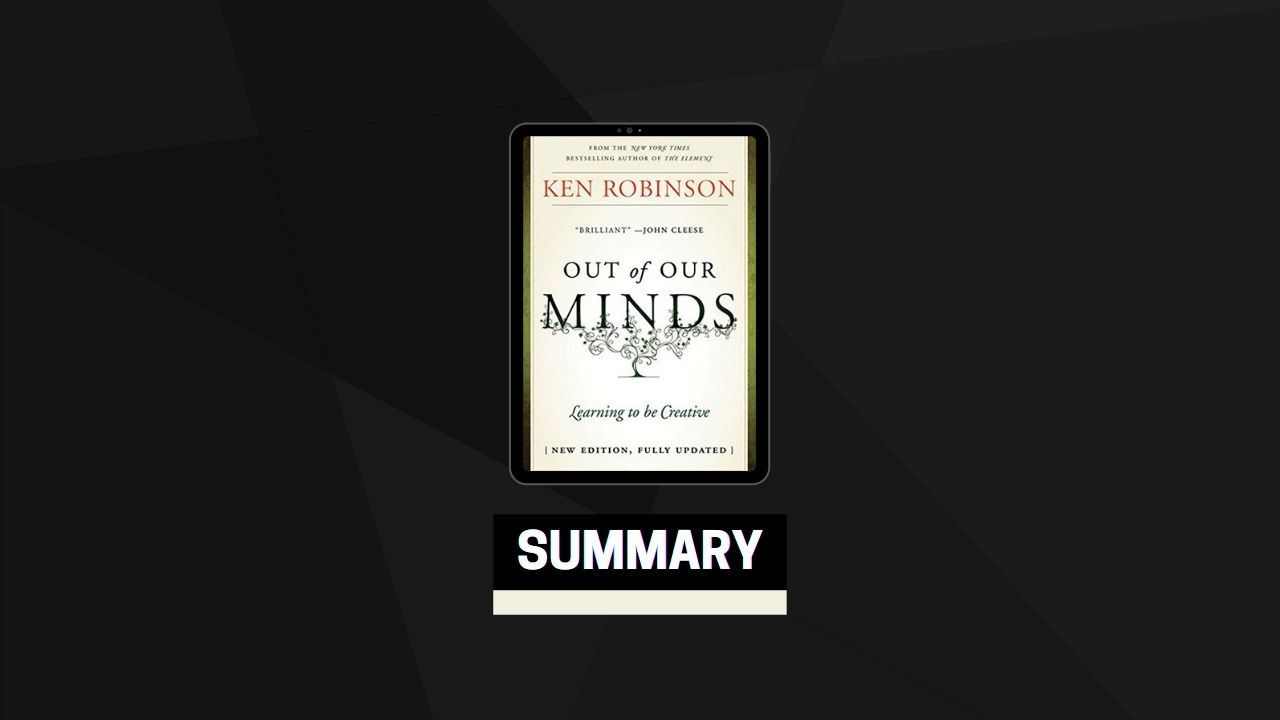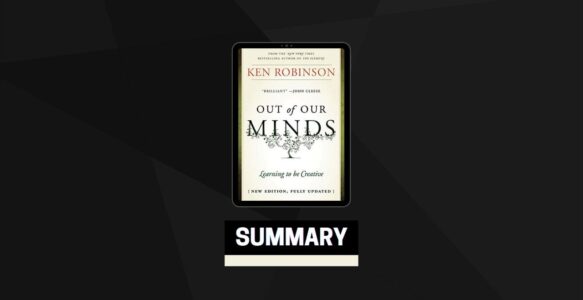Rethinking Creativity
If someone tells you they cannot read or write, you don’t assume that they are not capable of reading and writing, but that they haven’t been taught how. It is the same with creativity. When people say that they are not creative, they just haven’t yet learnt what is involved.
Living in Two Worlds
One of the founding perceptions of modern philosophy is that we live in two distinct worlds. There is a world that exists whether or not you exist: the world of material objects, events and of other people. This world existed before you were born and, if all goes well, it will continue to exist after you have gone. There is another world that exists only because you exist: the world of your own private consciousness, feelings and sensations.
Your world came into being when you were born and it will end when you die. We share the first world with other people: we share the second world with no one. Recognizing the difference between your world and the world marks an important stage in the development of personal identity. How do we come to see the external world as we do? How do we know it’s really there and not just in our minds? How do we get out of our minds?
Diversity
The nature of our senses determines our field of perception: what we are actually able to perceive and how. There is more to the world than meets the eye, or any of our senses. We experience the world as we do partly because of the way we are built. As human beings we are typically between five and six feet tall, we stand upright and our bodies are broadly symmetrical. Unprotected, our bodies can endure only small variations in heat. We have at least nine senses: sight, taste, touch, hearing, smell, balance, orientation, pain and temperature.
Our senses are the channels through which information flows between the outside world and our own consciousness. If those channels were different, other sorts of information would flow through them and our view of the outside world could well be transformed. Your view of the world would be quite different if you could hear the sounds that bats hear; or see the world as cats do; or had the smell receptors of a dog; if you could see sounds, or breathe underwater, or fly.
Dynamism
Intelligence is not only diverse: it is highly dynamic. In the 1950s the American scientist Roger Sperry (1913–1994) conducted a series of ingenious experiments that involved people whose brain hemispheres had been separated by cutting the corpus callosum so that they operated independently. Sperry found that the ‘split-brain’ subjects could perform two unrelated tasks simultaneously; for example, drawing a picture with one hand while writing with another. He concluded that the two hemispheres of the brain fulfilled different but complementary functions. The left side of the brain was largely involved in logical procedures including language and mathematics; the right hand side of the brain was more concerned with holistic operations such as the recognition of faces and orientation in physical space.
Distinctiveness
We each have great natural capacities, but we all have them in different forms. Each of us is a unique moment in history: a distinctive blend of our genetic inheritance, of our experiences and of the thoughts and feelings that have woven through them and that constitute our unique consciousness. Martha Graham put it like this: “There is a vitality, a life-force, an energy, a quickening that is translated through you into action and because there is only one of you in all of time, this expression is unique. And if you block it, it will never exist through any other medium and be lost.”
Plasticity and Potential
The plasticity of the brain is evident in our use of language. If children are born into multilingual households, they learn all the languages they are regularly exposed to. Parents don’t teach children to speak in the way they’re taught languages in school. Mothers don’t teach their babies the principles of grammar. They prompt and guide and teach particular words. But learning a language is so complex that teaching it formally to an infant would be impossible. Teaching them three or four languages would be unthinkable. Yet infants do learn three or four languages and more if necessary. They don’t reach a point of saturation or ask for their grandmothers to be kept out of the room because they can’t handle another dialect. They absorb them all. This is because they have a language instinct.
Realizing Who We Are
We all have great natural capacities, but we all have them differently. If we fail to promote a full sense of people’s abilities through education and training, some, perhaps most, will never discover what their real capacities are. To that extent they do not really know who they are or what they might become. And now, maybe more than ever, human communities depend on a diversity of talents not on a singular conception of ability.
When we talk of realizing our potential, we should aim to do so in both senses of the word. We need to understand its range and variety. We also need to turn it into reality. This is where the idea of creativity assumes a central significance. The next chapter looks at what creativity means, how it relates to this idea of intelligence and how it can be promoted or stifled, in education, in business and beyond.
Imagination, Creativity and Innovation
Imagination is the source of our creativity, but imagination and creativity are not the same thing. Imagination is the ability to bring to mind things that are not present to our senses. We can imagine things that exist or things that do not exist at all.
Creativity is a step further on from imagination. Imagination can be an entirely private process of internal consciousness. You might be lying motionless on your bed in a fever of imagination and no one would ever know. Private imaginings may have no outcomes in the world at all. Creativity does. Being creative involves doing something. It would be odd to describe as creative someone who never did anything. To call somebody creative suggests they are actively producing something in a deliberate way.1 People are not creative in the abstract; they are creative in something: in mathematics, in engineering, in writing, in music, in business, in whatever. Creativity involves putting your imagination to work. In a sense, creativity is applied imagination.
The Creative Process
Creativity is a process more often than it is an event. To call something a process indicates a relationship between its various elements: that each aspect and phase of what happens is related to every other. Being creative involves several processes that interweave within each other. The first is generative. The second is evaluative.
Generating ideas
In all creative processes we are pushing the boundaries of what we know now, to explore new possibilities; we are drawing on the skills we have now, often stretching and evolving them as the work demands. In the early stages, being creative may involve playing with an idea, doodling or improvising around the theme. It may begin with a thought that is literally half-formed: with a sketch, a first plan or a design; the first notes of a melody or the intimation of a solution to a problem.
Making judgments
Creativity is not only about generating ideas; it involves making judgments about them. The process includes elaborating on the initial ideas, testing and refining them and even rejecting them, in favor of others that emerge during the process. Sometimes creative works arrive in the world more or less fully formed and need no further work.
There are likely to be dead ends: ideas and designs that do not work. There may be failures and changes before the best outcome is produced. You can see examples of the iterative nature of the creative process in the successive drafts of poems and novels, of scholarly papers or in designs for inventions and so on. It is well known that Thomas Edison ran through dozens of ideas and designs for the light bulb before settling on the final version.
Conclusion
intelligence is diverse, dynamic and distinct. So too is the creative process. It can operate in the many diverse fields of human intelligence, it is about making dynamic connections, and the results are always in some way unique.
We all have creative capacities but very many people conclude that they are not creative, when in truth they have never learnt and practiced what is involved. The capacity for creativity is essentially human and it holds the constant promise of alternative ways of seeing, of thinking and of doing.


